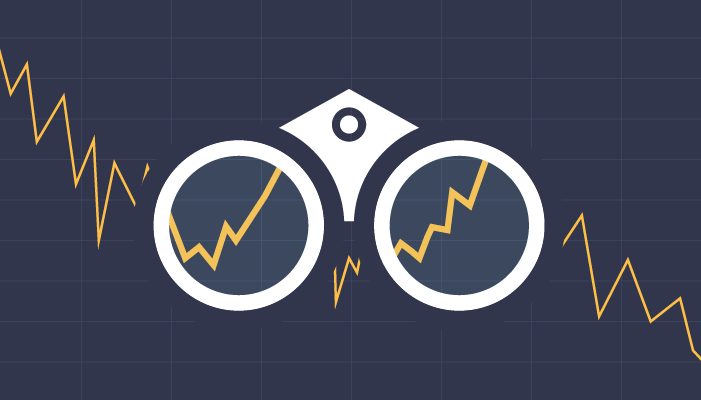April 09, 2020
DatePublished: 04-09-2020 07:54:20
DateModified: 05-03-2023 05:05:00
What is possible?
As a business leader, that might not be something you frequently ask yourself. Thanks to the daily challenges of running a company, a more likely question is, “What should we do?"
Focusing on the matter at hand is natural given all we are accountable for, especially until our business has reached a certain level of stability. But if we forget to also consider what’s possible, we can limit ourselves without knowing it.
This can be an easy trap to fall into, and yet we can avoid it by doing the work to shift our thinking. When we move from a problem-solving mindset to a what-if mindset, we focus on the version of success we truly want.
We all have assumptions about what our business can achieve. These assumptions create our default framework for evaluating what’s possible — whether we’re aware of it or not. But if you started over and chose a different way of measuring what’s possible for yourself, your team, and your company, what could that unlock?
Every now and then, a business leader emerges who appears to be operating on his or her own plane. This person seems to have a line of sight that others do not, along with the confidence to imagine and pursue what could lie ahead. Steve Jobs was a classic example of this type of leader; he seemed to have an exceptional ability to envision and achieve new realities.
It’s tempting to label this type of person a genius. But what if his genius wasn’t a matter of natural ability? What if it had to do with a simple choice to define possibility differently?
Consider these two models for taking your business to the next level: the Fibonacci sequence from the field of mathematics, and the multiplier effect from the world of finance.
For its part, the Fibonacci sequence offers a blueprint that starts out modestly but eventually yields tremendous growth in a predictable fashion. As a series where each number is the sum of the two that came just before it, the first few Fibonacci numbers provide a comfortable runway for takeoff — 0, 1, 1, 2, 3, 5, 8, 13, and so on. With a few more steps, though, you begin to see impressive results, where the tenth number is 55 and the twentieth is 6,765. The sequence models exponential rather than incremental growth.
As a general concept, the Fibonacci sequence is intriguing because its ratios appear familiar and visually appealing. It elegantly explains how many structures grow and hold their shape within our universe. If we look at spiraling and branching patterns found throughout nature, for instance, the sequence is everywhere.
Using it as a metaphor for our own efforts to advance, the scale of possibility inherent in this paradigm makes it exciting. And continuing to ask, “What is possible?” can lead to smooth, accelerated company growth akin to what occurs in the Fibonacci sequence.
Depending on our situation, we can also consider an even bolder model — the multiplier effect, which offers a way forward that is essentially uncharted. Where the Fibonacci sequence provides a roadmap to an impressive destination, this second framework offers a zone of not-knowing where we can unlock unthinkable value.
The multiplier effect can be understood as seeing a result that’s greater than the sum of your initial investment. How much larger our outcome is compared to our input is not predetermined, and accessing it is not a sure thing, but the only way to get to that new height is to choose to see it as possible.
When we’re operating within uncertainty, it’s natural to feel some anxiety. The element of risk can feel high. But the multiplier effect model also gives us permission to think in terms that are more expansive. And when we set the map aside, we are free to define success through an entirely new lens.
Aiming for something reasonable will yield reasonable results. Aiming for something unimaginable will yield unimaginable results.
The important thing to remember is that what we aim for is our choice.
We each run our company, division, or function within a certain context. Choosing the right reference point at the right time will help us see just how far beyond our starting point we could end up.

